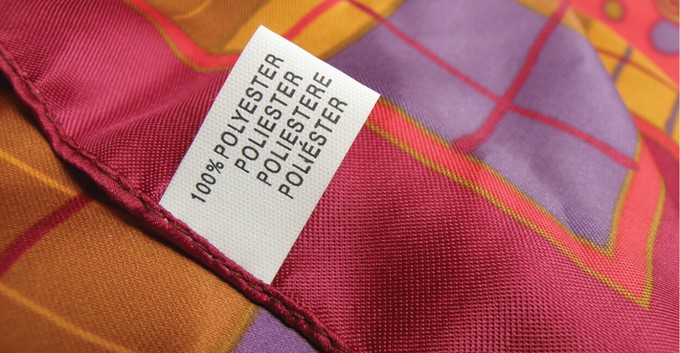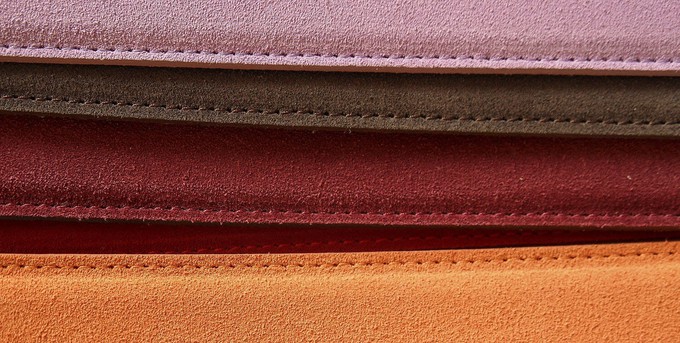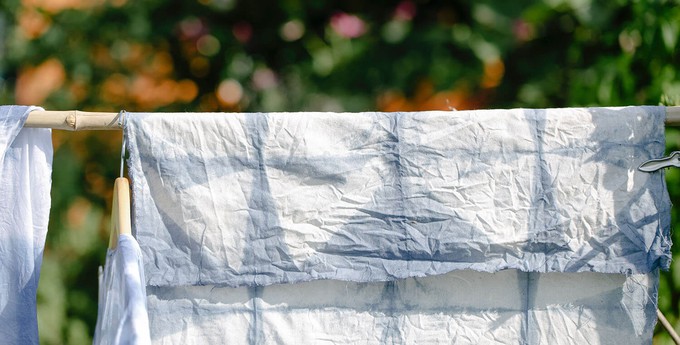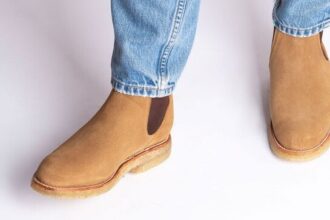Looking to make more sustainable fashion choices? It’s hard to avoid the worst fabrics for the environment… if you don’t know exactly what they are and why they’re bad!
We’ve talked a lot about the most eco-friendly materials.
Now, let’s make things even easier for you with a jargon-free guide to the least sustainable fabrics.
So, what are the worst fabrics for the environment?
Unfortunately, two of the worst fabrics for the environment are also the most popular ones in fashion! In fact, they probably make up most of your current wardrobe.
(And the first one might surprise you.)
Cotton

This material is proof that natural doesn’t automatically mean sustainable.
Why cotton is one of the worst fabrics for the environment:
A better alternative: organic cotton
Polyester and most synthetic fabrics

From nylon to acrylic, synthetic fabrics make up 63% of all clothes, but polyester is definitely the most popular.
After all, it’s versatile and cheap. Shame it also has one of the highest environmental costs!
Why polyester and synthetic fabrics are some of the worst for the environment:
- They’re basically plastic. Derived from fossil fuels, they rely on an extremely polluting production process (polyester alone is responsible for 40% of fashion’s emissions!)
- Toxic chemicals like antimony
- Not biodegradable
- Often hard or impossible to recycle
- Whenever washed, synthetic fabrics release microplastics, which end up in the ocean
A better alternative: recycled polyester and regenerated nylon
Animal-derived fabrics like leather, wool, and fur

Whenever livestock is involved, there’s a big debate as to whether these clothes and accessories can be considered ethical.
Unfortunately, it’s bad from an eco-friendly point of view, too.
Why animal-derived materials are some of the worst fabrics for the environment:
A better alternative: vegetable-tanned leather (as opposed to chemical-based options) is the least polluting type of real leather. Vegan leather isn’t automatically more sustainable as it’s often plastic-derived, but you can look for fruit-based options. Unfortunately, most of them still involve plastic-based resin (which isn’t biodegradable). Luckily, some brands are introducing even more sustainable alternatives. You can also choose organic wool. As for fur, look for recycled faux fur or bio-based fur.
It’s a tricky subject, though!

Things are rarely black and white in the world of ethical fashion and sustainability: there are so many other factors to consider, and you’ll often get contrasting points.
For example:
- some fabrics have the potential of being sustainable… but their production might not reflect it
- some brands might still rely on one of the worst fabrics for the environment… but they might have found other ways of making their production more ethical, from offsetting their emissions to using water-based dyes and more
That’s why it’s important to look for—and demand—transparency from brands. Still, being aware of the worst fabrics for the environment is an excellent first step.
Want to make even more sustainable fashion choices without getting overwhelmed? At Project Cece, we’re a search engine for ethical clothes: start receiving our tips and inspiration.








